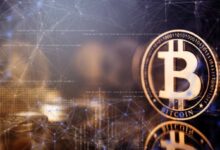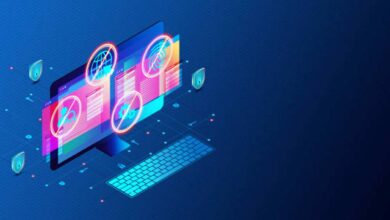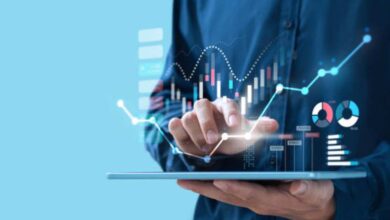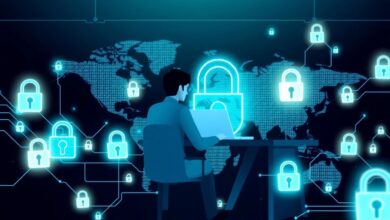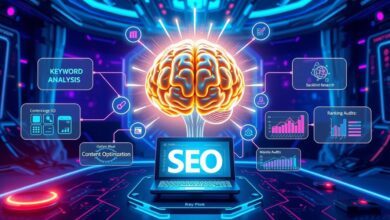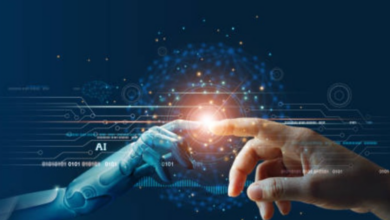Being a data scientist is a rewarding career, but learning the field takes a lifetime of devotion and hard work. You cannot become a data scientist in a year or six months. With the aid of the Data Science Roadmap, the abilities listed below are the first you must learn to become a data scientist.

The Data Scientist Course offered by Intellipaat will be a huge benefit to you if you are truly interested in learning data science.
The following topics mentioned below will be wrapped up in this blog:
- What is Data Science?
- Various ways to learn Data Science
- Choose A Programming Language
- Statistics
- Learn SQL
- Data Cleaning
- Exploratory Data Analysis
- Learn Machine Learning Algorithms
- Practice On Analytics Vidhya and Kaggle
- Conclusion
What is Data Science?
Data science is a field that combines scientific and technological skills to develop and analyze data-driven solutions for current issues. It’s a multidisciplinary field that includes principles from statistics, computer science, mathematics, and other related fields.
Professionals in data science employ cutting-edge statistics, deep learning, and machine intelligence to present analyses and offer solutions to challenging issues. As firms attempt to use data to surpass rivals, data science has grown to be a crucial part of many organizations.
Data science is being used by organizations more often to better understand their customers’ requirements, spot possibilities, and formulate more effective strategies.
Data science has subsequently been incorporated into the contemporary business environment. Data science is essentially the study of extracting important insights from sizable datasets. It includes using advanced analytical methods to filter over data in search of correlations, correlations, and other insights.
Data scientists analyze and interpret data that uses a multitude of tools and methods, including deep learning, machine learning, and data mining. Data scientists may discover more about the data and discover hidden information to use these methods.
Various ways to learn Data Science
One of the most popular ways to learn data science is through online courses. A variety of online courses are available, ranging from introductory courses to more advanced courses that cover specific topics such as machine learning and deep learning. Most of these courses are self-paced, so you can work on them when it’s convenient for you. Many of these courses can be found on platforms such as Coursera, edX, and Udemy.
Another way to learn data science is by attending boot camps. Boot camps are intensive courses that cover a variety of topics relating to data science in just a few days.
Additionally, you may learn data science by enrolling in courses at a nearby college or university. Numerous colleges offer data science courses, which may be a wonderful method to master the basics of the field. You may be able to network with instructors and other students by enrolling in classes in person.
You can also educate yourself in data science if you learn more independently. You may learn data science via the many internet resources, including tutorials, books, and websites. You may also ask seasoned data scientists questions by joining online forums like Stack Overflow or Reddit.
Most boot camps are held in person, but there are also some online options available. Boot camps are a great way to get an intensive, comprehensive introduction to data science in a short period. Further one of the famous Bootcamps in India is Intellipaat which provides the best Data Science Course in India.
Here are some pointers for those who want to learn data science and comprehend this rapidly evolving area of technology:
STEP 1: Choose A Programming Language (Python / R)
Learning a programming language is the initial step in beginning the data science journey. Python is the most popular programming language of the two and is employed by most of data scientists.
It supports numerous built-in libraries like Numpy, Pandas, MatplotLib, Scipy, and many more and is simple to operate and versatile.
STEP 2: Statistics
Knowledge of statistics and probability is as necessary for being a data scientist as salt in meals. Understanding them will aid data scientists in better interpreting massive data sets, gaining insights from them, and analyzing them.
STEP 3: Learn SQL
For extracting data from and interacting with sizable databases, SQL is employed. Understanding the many kinds of normalization, creating nested queries, utilizing co-related inquiries, executing join operations, etc., on the data, and extracting in raw format should all be priorities. The data will then be further cleansed using either Python libraries or Microsoft Excel.
STEP 4. Data Cleaning
The majority of the time spent on a project by a data scientist is spent cleaning the data set, addressing missing values, and deleting undesired information.
You may accomplish that by utilizing several built-in Python libraries, such as Pandas and NumPy. Additionally, one ought to be adept at working with data in Microsoft Excel.
STEP 5: Exploratory Data Analysis
Data science is only possible when exploratory data analysis is done. Finding data patterns, evaluating data, and identifying the right trends in the data are just a few of the numerous jobs that the data scientist must complete.
and using different graphical and statistical techniques to extract useful insights, etc., from them, including:
- A) Pandas and Numpy-based Data Analysis
- B) Manipulation of Data
- C) Data visualization.
STEP 6: Learn Machine Learning Algorithm
Google states that “Machine learning is a data analysis technique that automates the construction of analytical models. It is a division of artificial intelligence that is based on
The most crucial phase of a data scientist’s employment would be when they construct various versions employing machine learning algorithms and have to predict and come up with the most effective answer to any situation.
This stage is based on the idea that systems can learn from data, identify patterns, and make decisions with little to no human intervention.
See Also: How to Optimize Your Online Shop With Data Mining
STEP 7: Practice On Analytics Vidhya and Kaggle
It’s time to gain practical experience in Data Science after learning the fundamentals of the subject. There are several online resources that may provide you with practical experiences, like Kaggle and Analytics Vidhya.
expertise working with data sets at both basic and expert levels. They can aid in your understanding of different machine learning algorithms, analyzing methods, etc.
Conclusion
In conclusion, mastering data science is undeniably the path to a rewarding career in today’s data-driven world. Aspiring data scientists can embark on this journey by learning the essential skills outlined in the Data Science Roadmap.
Whether it’s understanding the foundations of data science, choosing a programming language, mastering statistics and SQL, or delving into machine learning algorithms, the dedication and effort invested in this field can open doors to new and exciting opportunities.
With the right knowledge and skills, individuals can harness the power of data science to drive innovation and make a significant impact in various industries, including education, where student information systems are transforming the way institutions operate and support student success. So, seize the opportunity to become a data scientist and embark on a path that leads to a fulfilling and promising career.
Regardless of how you decide to learn data science, it is critical to keep in mind that it is a complicated subject that needs a lot of commitment and effort. However, data science may be a lucrative area that can lead to new possibilities if you are prepared to put in the work.

